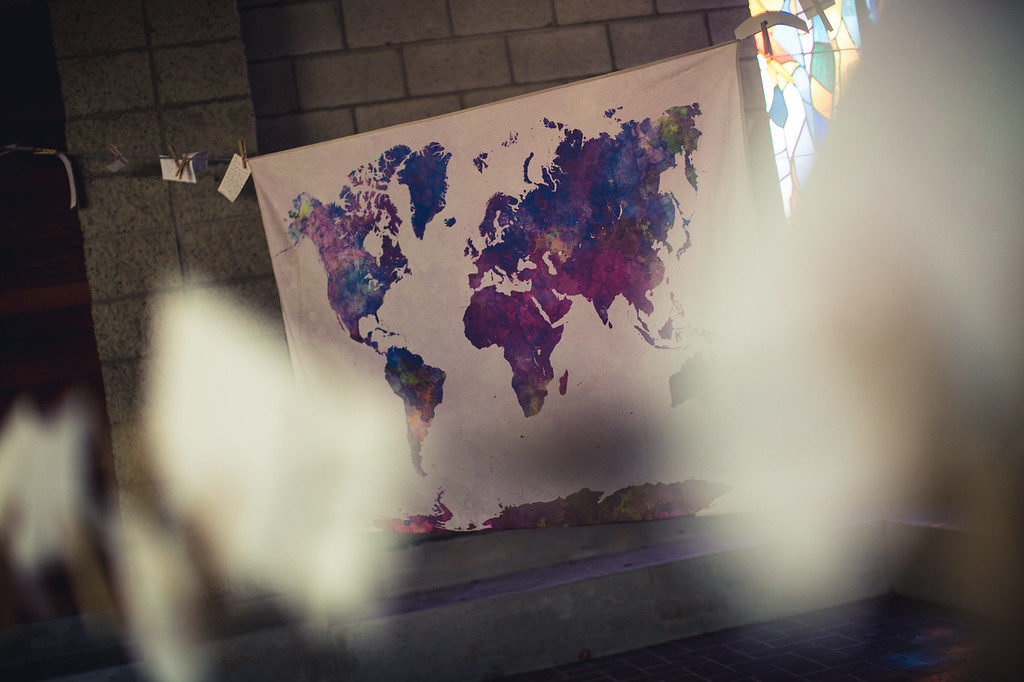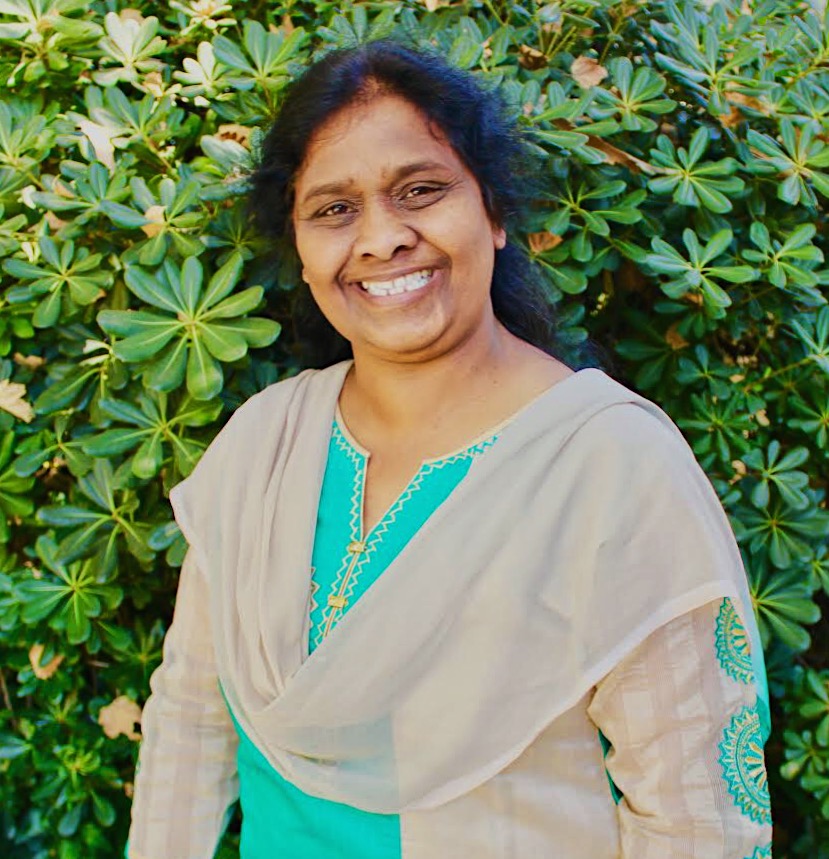Technology and Spirituality: Indian Digital Diaspora, Networked Communities and Virtual Sacred Space
Posted 10/03/2019 in Missiology Conversations, Missiology Lectures 2019, Technology
How do you stay connected with your family, culture and spiritual practices when living halfway across the world from your place of origin? Those of the Indian Diaspora see technology as far more than a means of communication; it is a way of maintaining their identity. Technology bridges the connection to share cultural practices, historical places, sacred spaces, various languages and dress culture of their homeland, India. This discussion interrogates the dynamics of the Indian diasporic public sphere in the context of sacred space. We will explore the ways digital media is used to preserve culture, practice religion, spirituality and reinforce their sense of identity within an institutionalized arena of discursive interaction.

In this era of Web 3.0 and AI (2010 – Present) communication allows for ethnic and digital neighborhoods. Networks are now created through social media which includes services and software that attempt to link the diasporic worlds to sites on culture, customs, religion, history, news, jobs and matrimony. Place still matters, but it matters differently.
Social networks and association operate at three distinct levels: the household or family, the local ethnic community, and the homeland, India (Kurian: 2003). Most social networks at the household level are focused around the places of worship, ethnic shopping, family gatherings, festivals and celebrations. The Indian diaspora also use digital media to maintain, perform, articulate and practice their religion. They have the convenience of purchasing religious, ethnic, and cultural items online (Mitra:2019). In this way, cyberspace is a platform used to develop global communities and networks while paving the way for transnationalism and unrestricted exchange of ideas. Digital platforms pave the way for Indian diaspora to connect with their place of origin, India, to continue to establish bonds. For example, online discussion forums are one of the platforms to discuss religion and culture, creating a sense of community and identity. These digital medias also allow real-time interaction allowing people to connect with their family and religious community members in India regardless of where they are or what they are doing.

Digital religion explores the influences of religion online and off-line, as well as how one is informed by the social, cultural, and technological structures and practices of the other. While places of worship reflect the intention of rooting the community in the new locality, the internet as a social network presents that online context as a social space, a place of unlimited communicative possibilities between Indians in the United States and in India. The institutionalization of religious places is of key importance in the formation of a diasporic community, in emotionally and physically supporting the settlement of new arrivals, in initiating them in civic engagement and in providing them with local resources (Knott 2009a). Digitized religious activities are an attempt by the people on the global frontier to look for a connection with their places of origin rather than with the community in which they now live. The Indian diaspora tend to reproduce their Indian culture, values, language, and religion as much as possible.
Digitized religious activities are an attempt by the people on the global frontier to look for a connection with their places of origin rather than with the community in which they now live.

The Internet might be changing certain basics of religious sensibilities among its users, who mark a return to the original understanding of religious life and experiences. For the Indian diaspora, religion online is much like the third space in which they themselves exist. In this space, Indian Americans try to be both Indian and American at the same time by fulfilling the desires and demands of both worlds (Shukla:2003). Those in the Indian diaspora belonging to Hinduism use internet and smartphone applications to view (darshan) gods and goddesses of their choice, practice long-distance religious rituals, take cyber pilgrimages, seek religious information and instructions, participate in religious discussions through forums, and listen to religious discourses, songs, bhajans and rituals.
For the Indian diaspora, religion online is much like the third space in which they themselves exist… Indian Americans try to be both Indian and American at the same time by fulfilling the desires and demands of both worlds.
The Indian adherents of Buddhism in the United States resort to websites that focus on specific dharma or Buddhist philosophies, meditation and mindfulness. The online space provides them opportunity to participate in online group meditation sessions. The online platform also provides a chance for interfaith collaboration. The platform breaks down physical borders and allows users to create digital communities of like-minded people across religious, cultural, ethnic and linguistic backgrounds. This strengthen the ties between Indians.
I believe the challenge for the church today is to understand how digital media is used in ways that frame symbols, values, truth claims and spiritual/religious practices in various domains and adherents in modern globalized cultures. How can the church effectively adopt digital technology, modern media, social interactivity to move forward in advancing God’s kingdom?
How can the church effectively adopt digital technology, modern media, social interactivity to move forward in advancing God’s kingdom?

Carolyn Pappy Kuzhivila, is a Ph.D. student in the School of Intercultural Studies at Fuller Theological Seminary. Her research includes intersection of Spirituality and technology, Indian diaspora and networking, digital media and online sacred space.

